Can You Use Red and Blue Light Therapy Together?
Introduction
In the modern world of the 21st century, there is no doubt that LED red light therapies such as RLT are becoming famous in the industry of well-being and health. It has been used as a natural therapy for skin conditions and human body conditions.
Red light therapy is used to reduce wrinkles and fine lines in humans. Similarly, blue light is also gaining popularity due to its effectiveness in treating acne vulgaris.
But a question arises here: can we get benefits by utilizing blue and red light therapy along with each other? This article explores the science behind combining blue and red light therapy. We will also discuss the best results that we can achieve with this combination.
Infrared red light therapy is also called phototherapy. Various conditions can be treated using this popular non-invasive treatment method. During this procedure, fluorescent lamps, light-emitting diodes, or lasers are used to provide a particular wavelength of light. The skin is exposed to this light to provide treatment. Various health issues can be treated using light therapy, but the most common ones include mood disorders, problems with sleep, and skin issues.
The purpose of this article is to figure out the possible ways in which we can combine blue and red light therapy and its potential benefits. 850 nm red light therapy or 600 nm red light therapy are most commonly used to treat inflammation and to provide anti-aging effects. Additionally, it promotes the production of collagen and makes skin healthy. However, blue light has antibacterial properties and particularly acts against bacteria that cause acne. We can find out if these two wavelengths can be combined to boost their individual effects for therapeutic applications by exploring their synergy.
Understanding Red Light Therapy
Infrared light therapy is a light of low wavelength. Red light therapy is a type of phototherapy, and we can use it to address numerous skin problems and promote skin health. The deep penetrating ability of red light into the layers of skin is the basic principle behind RLT. Mitochondria is also called the powerhouse of the cell. The penetration of red light promotes cellular activity and increases the production of energy in the mitochondria. This process renews the skin and promotes its healing.
Red light therapy has several key benefits. Most commonly, it enhances collagen production, aids in wound healing, and improves skin health. Due to these properties, Infrared light therapy is very popular for providing treatments for anti-aging, improving elasticity and skin complexion, and reducing wrinkles. Medical professionals also use this therapy to reduce pain and inflammation.
Regardless of numerous benefits, red light therapy has some side effects that we must take into consideration. The most common side effects include irritation and slight redness immediately after the treatment. Overall, red infrared is a safe treatment with very rare serious side effects.
Exploring Blue Light Therapy
Blue light therapy (BLT) is also a type of phototherapy that uses blue light wavelength. The primary mechanism of BLT differs from RLT. Blue light contains antibacterial effects and particularly works against bacteria that cause acne. Blue light targets the porphyrins of bacteria. These porphyrins generate free radicals by absorbing blue light, which destroys bacteria.
The primary application of this therapy involves the treatment of acne. Additionally, it is used to manage sleep problems and mood disorders. The use of the blue wavelength of light affects the circadian rhythms of the body. That is the reason behind using blue light therapy for the treatment of seasonal affective disorder and sleep disorders.
But, there are some safety measures to consider while using blue light therapy. A lack of protective measures can result in overexposure of the skin to blue light, resulting in eye strain and causing damage to the skin. So, it is very important to perform this therapy with professionals to ensure effectiveness and reduce side effects.
The Science Behind Combining Therapies
The therapeutic effects and modes of action of RLT and BLT are complementary. That is the scientific reason behind combining both of these therapies to achieve potential benefits. While blue light therapy regulates various biological functions and affects the growth of bacteria, the primary focus of red light is to renew, heal, and control inflammation. These interrelated effects of red and blue light therapies suggest that it will be beneficial to use these therapies together.
Various experts have explored the usefulness of this combination, and many studies are available regarding it. The "Journal of Clinical and Aesthetic Dermatology" has published one such study, and the results suggest that instead of utilizing blue light alone, the combined therapy is more efficient for the treatment of acne. The reason is that blue light has antibacterial properties while red light is effective against inflammation. The combination of these attributes results in the reduction of inflammation and active lesions.
Moreover, this combined approach improves the texture of the skin and is also effective for anti-aging. Skin care experts and dermatologists have observed these effects. The overall health of the skin becomes better because blue light provides an antibacterial effect on the surface level, while red light repairs tissues and enhances collagen production.
Research is in progress to investigate the use of combined blue and red light therapy for addressing skin-related problems and wound healing. In such conditions, red light performs an anti-inflammatory function and promotes tissue repair, and blue light reduces bacterial growth to avoid infection, resulting in effective and faster healing of wounds.
Although these findings suggest the usefulness of combined red and blue light therapy for various conditions, more research is required in this area to fully comprehend the effects and benefits of combining both of these therapies. Like any other therapy, it is important to consider this combined approach under expert guidance and adjust it according to individual requirements.
How do you safely combine red and blue light therapy?
Before using combined red and blue light therapy, it is important to consider the following guidelines to ensure a safe and effective treatment:
Duration, Frequency, and Intensity: The individual skin type and other conditions determine the optimum intensity, frequency, and time for using this combined approach. One session of treatment with red light therapy device is generally suggested to last for ten to twenty minutes. In one week, the frequency of this therapy should not be more than two to three times, as suggested by many protocols. However, the tolerance and response of each individual varies, and the treatment parameters are adjusted accordingly. The best way is to use less intensity and short sessions at the start. These can be changed later on according to the response of the individual.
Selecting the Right Devices: To use the red and blue light combined red light therapy at home, it is essential to use products recommended by skin-care specialists and also cleared by the FDA. The devices must specify the light wavelength they emit to ensure effective therapy and achieve probable benefits.
Seeking Professional Advice: It is crucial to consult a skin-care specialist or a dermatologist before using red light therapy machine. The reason is that they will analyze the skin type and problems and will recommend a treatment plan according to the requirements. Moreover, they can check the progress and make changes if necessary.
Safety Measures: The devices of light therapy contain directions for their use. It is very significant to follow these guidelines to avoid skin damage or overexposure. The bright light is harmful to the eyes. So it is important to protect your eyes by using an eyewear. You should not look into the light sources directly. You should immediately stop using professional led light therapy machine and consult a specialist in case of any severe reactions, discomfort, or redness. The skin should be essentially clean before the treatment to avoid side effects.
Skin Care Post-Treatment: The skin requires moisturization after each light therapy session. So, use a moisturizer to comfort your skin. Additionally, apply sunscreen before facing the sun, as light treatment makes the skin sensitive to ultraviolet radiation.
Expert Recommendations
Skin-care specialists and dermatologists encourage the use of combined therapy. They have suggested the best scenarios for using this therapy effectively. According to them, this combined therapy is very effective for particular skin problems such as aging, acne, and healing of wounds.
Individuals with acne are first recommended to use conventional treatment options. If these methods fail, dermatologists recommend this therapy. They say that blue and red light, when combined, can improve the elasticity and texture of the skin, so it is a suitable treatment for aging. Specialists suggest that the duration and intensity of the treatment should be tailored according to the individual skin type and demands.
According to healthcare experts, this combined approach should be a part of the skincare routine. We can use it along with other practices of skincare like using sunscreens, moisturizers, and cleansers.
Conclusion
Professional led light therapy machine is best known for renewing and healing skin, while blue light therapy works against bacteria and regulates biological processes. The combination of these therapies provides interrelated benefits, such as improving the overall health of the skin, fostering wound healing, and reducing acne.
While we can benefit from a combined red and blue light therapy, it is important to consider the safety measures as well. The use of this combined approach essentially depends on individual skin type, so the therapeutic parameters must be selected accordingly. It is crucial to select the proper frequency, duration, and intensity of the treatment, as overexposure can result in skin damage. So, professional help is important in this regard.
It is essential to consult healthcare experts before using any combined treatment of 850 nm red light therapy or 600 nm red light therapy, such as red and blue light therapy. They can guide better about the best therapy according to individual needs and how to achieve the best results.
Looking for home red light therapy or do you want to see red light therapy before and after clear differences? Consider buying Bontanny Table Red Light therapy Stand Series for effective results.
Contact us at Bontanny for an affordable and high-quality professional led light therapy machine.

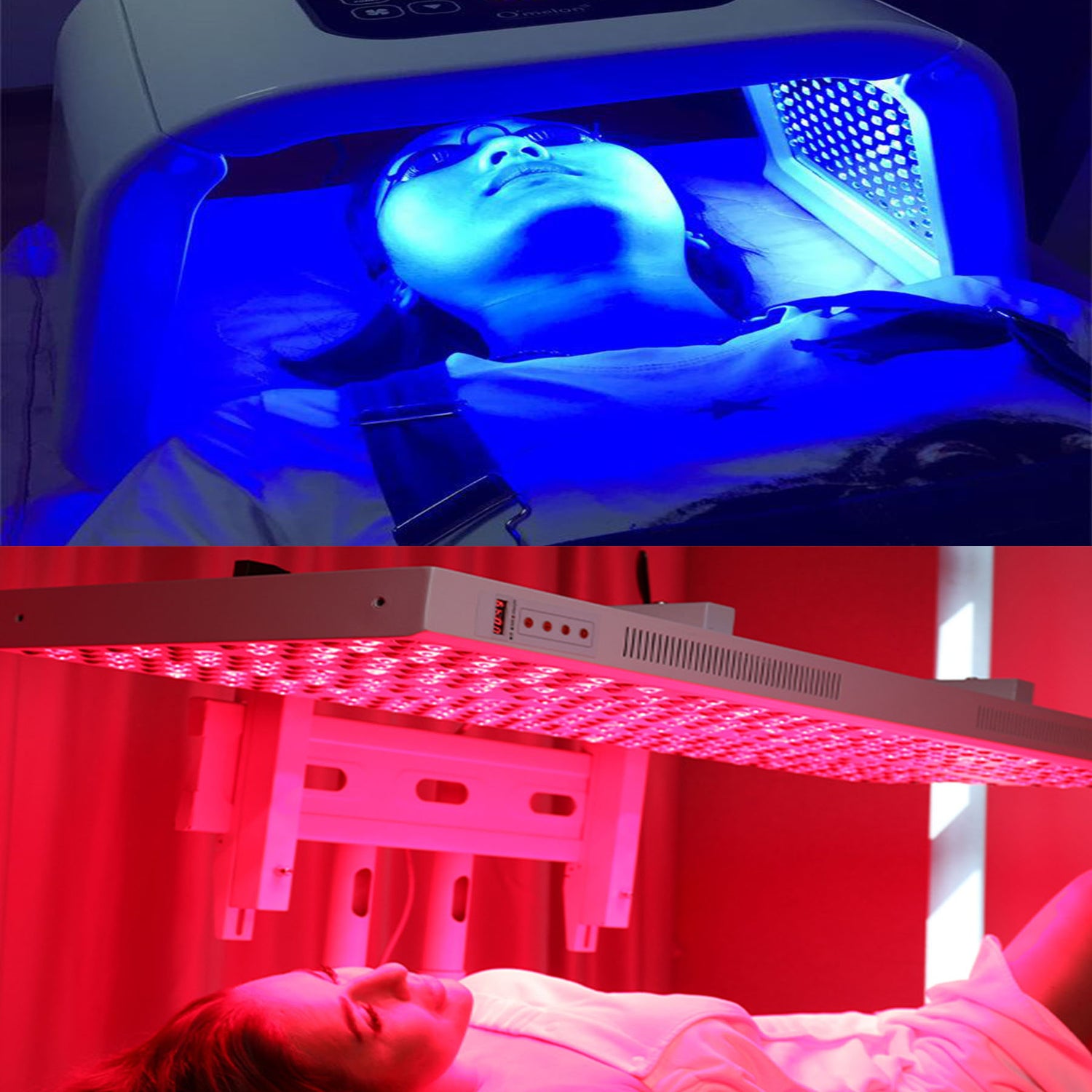
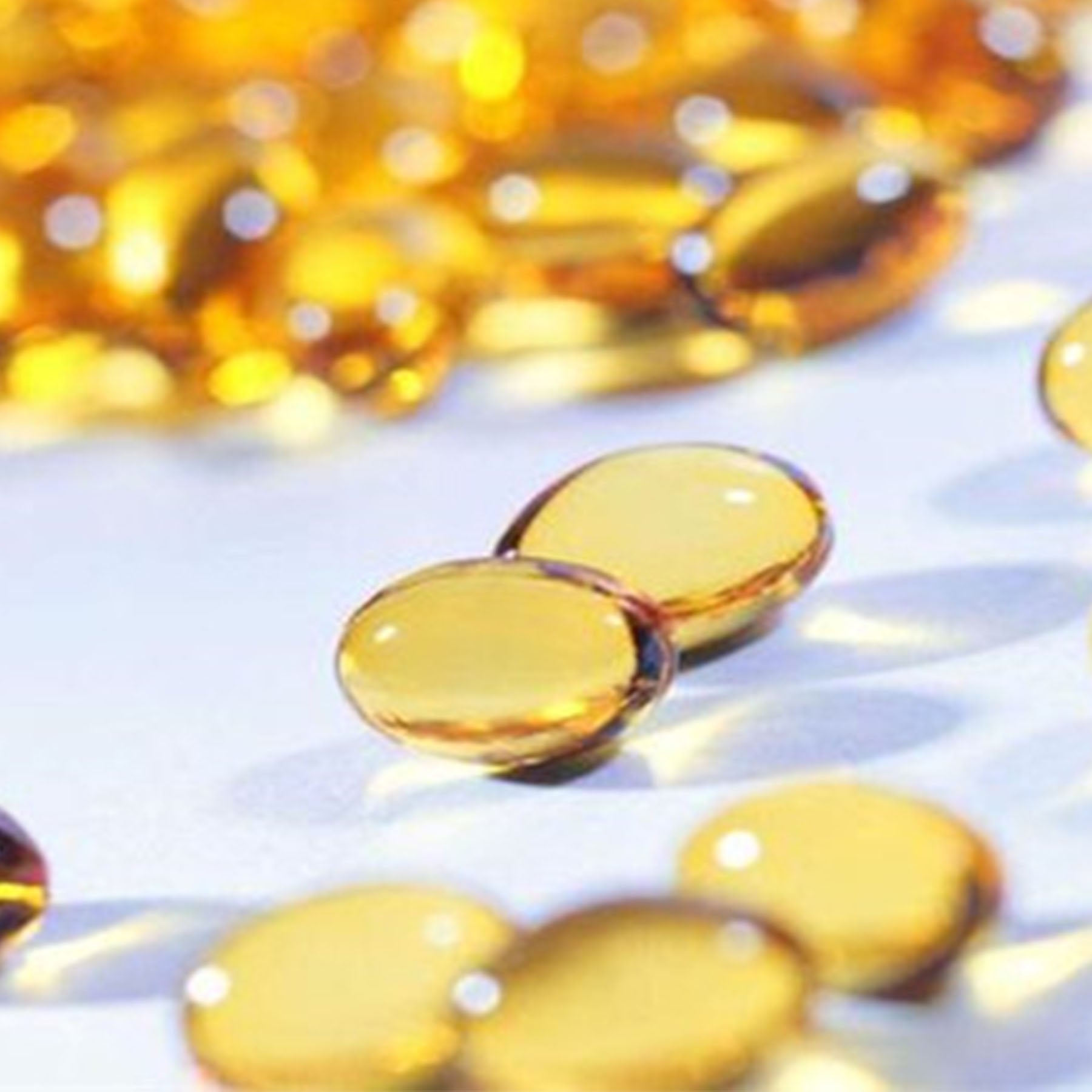
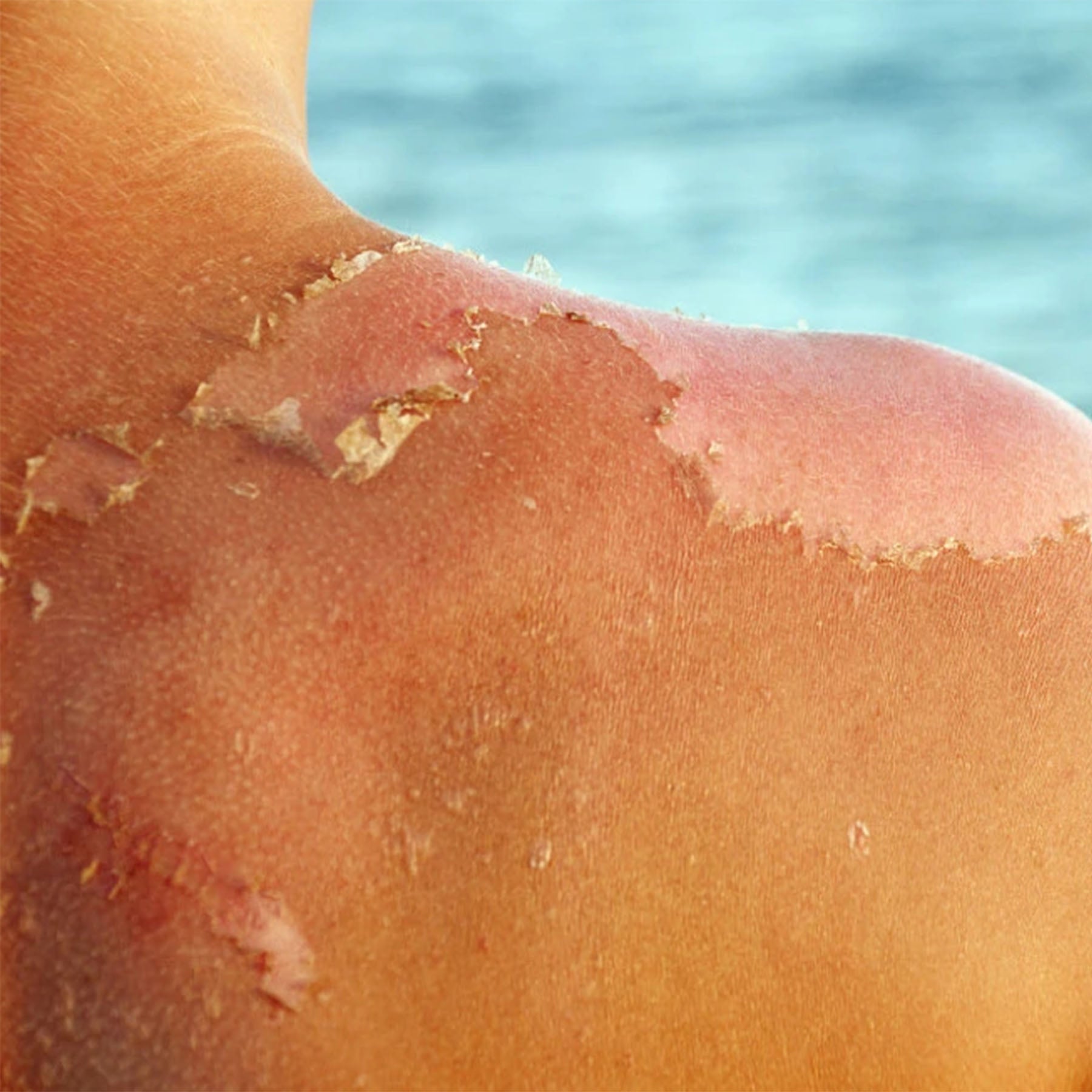
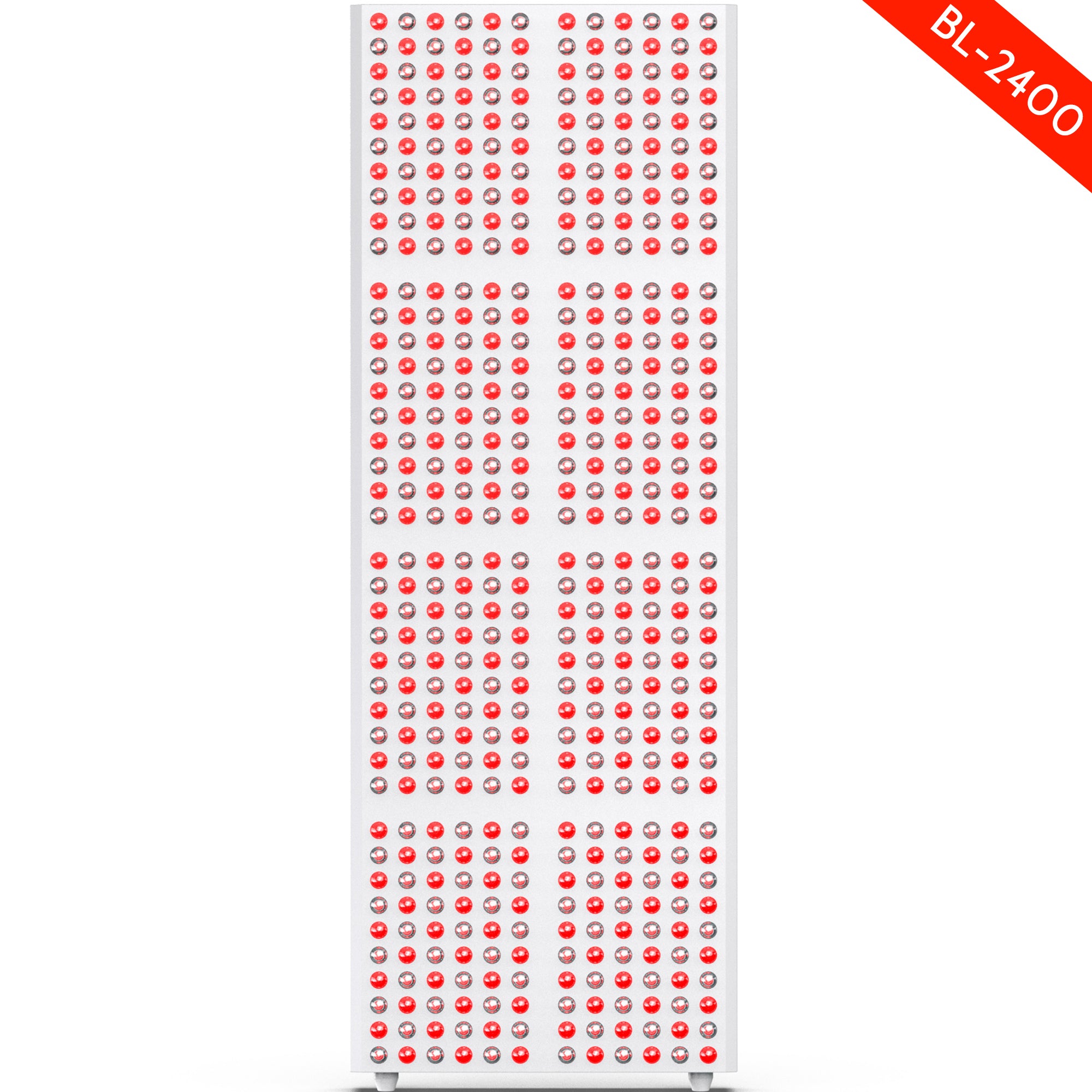
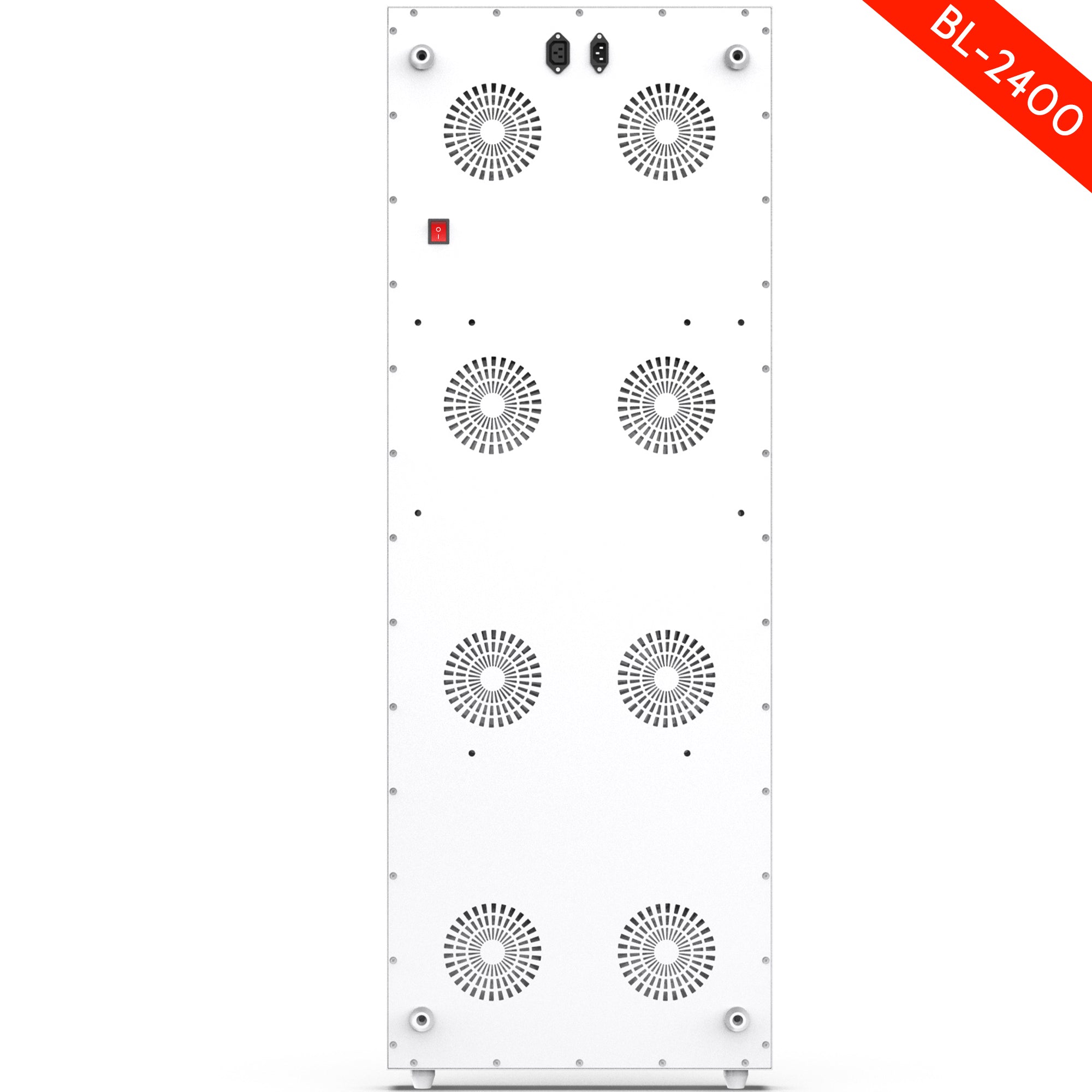
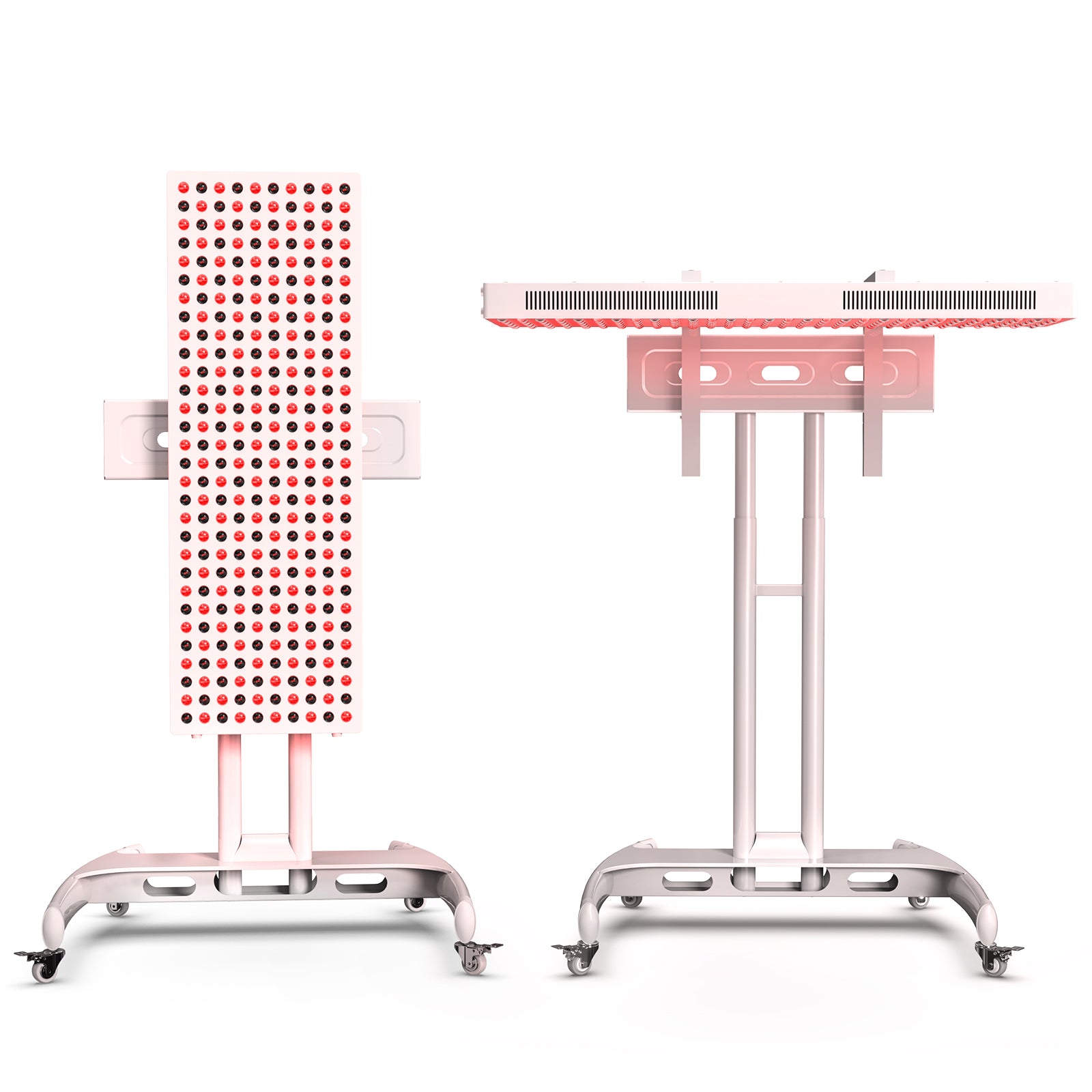

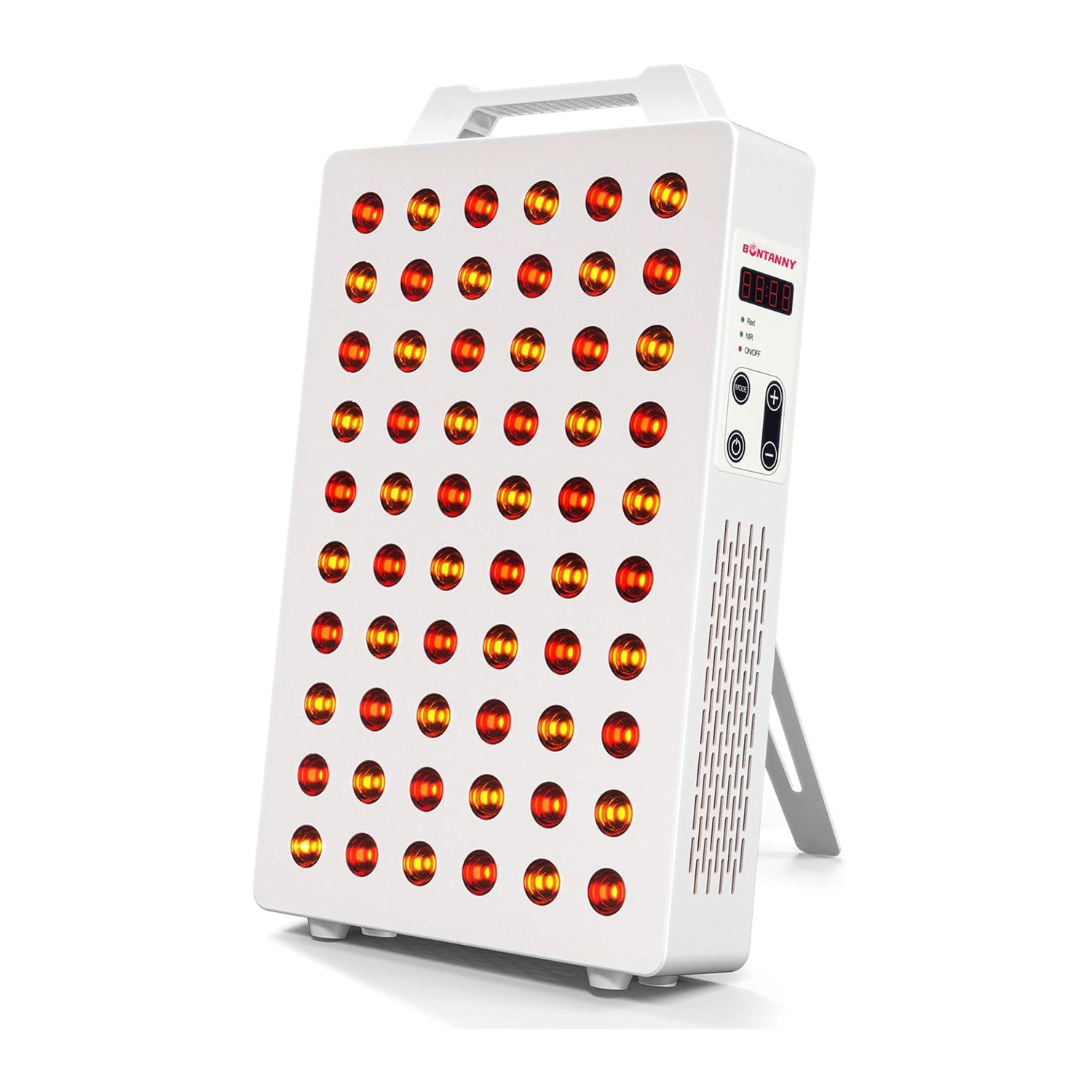
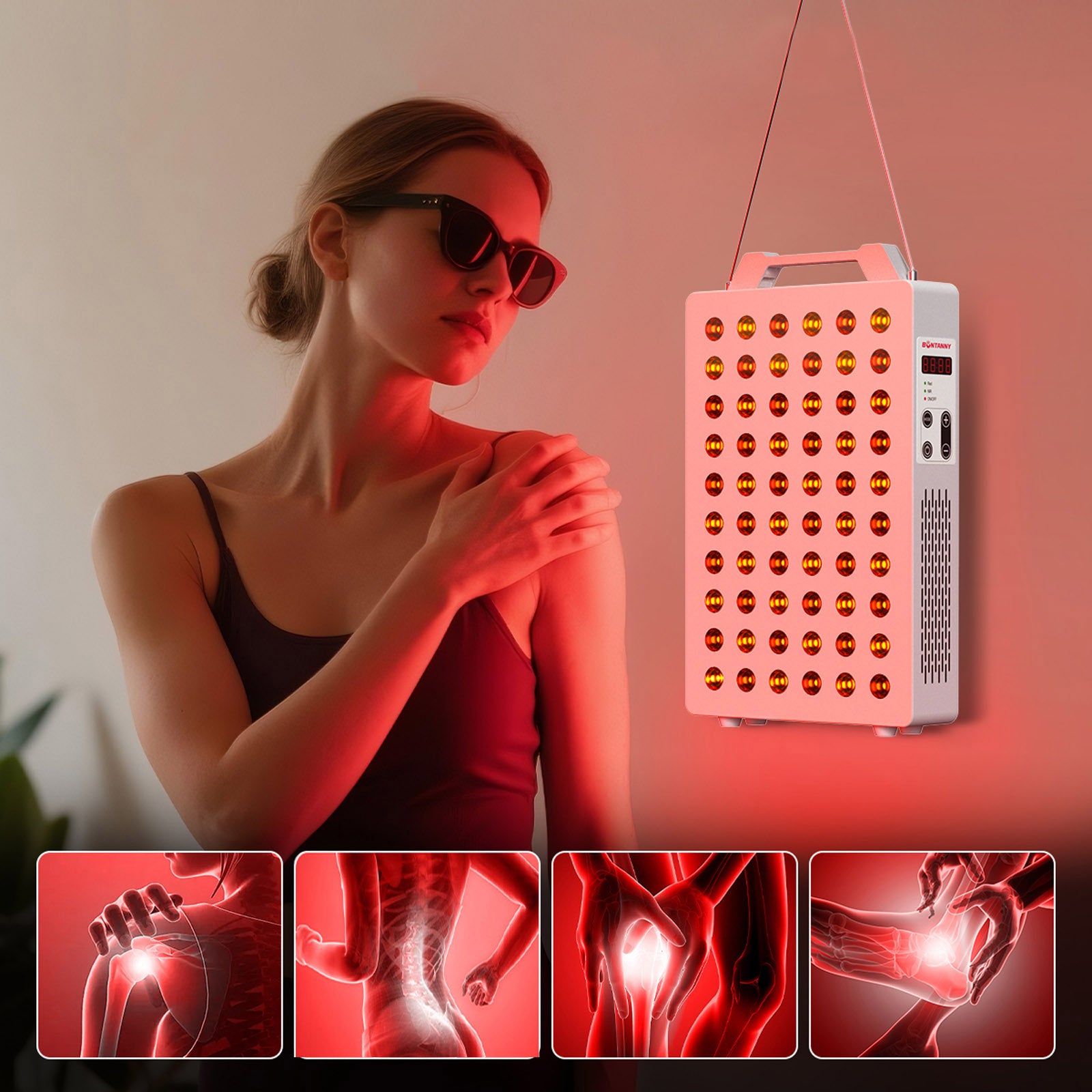
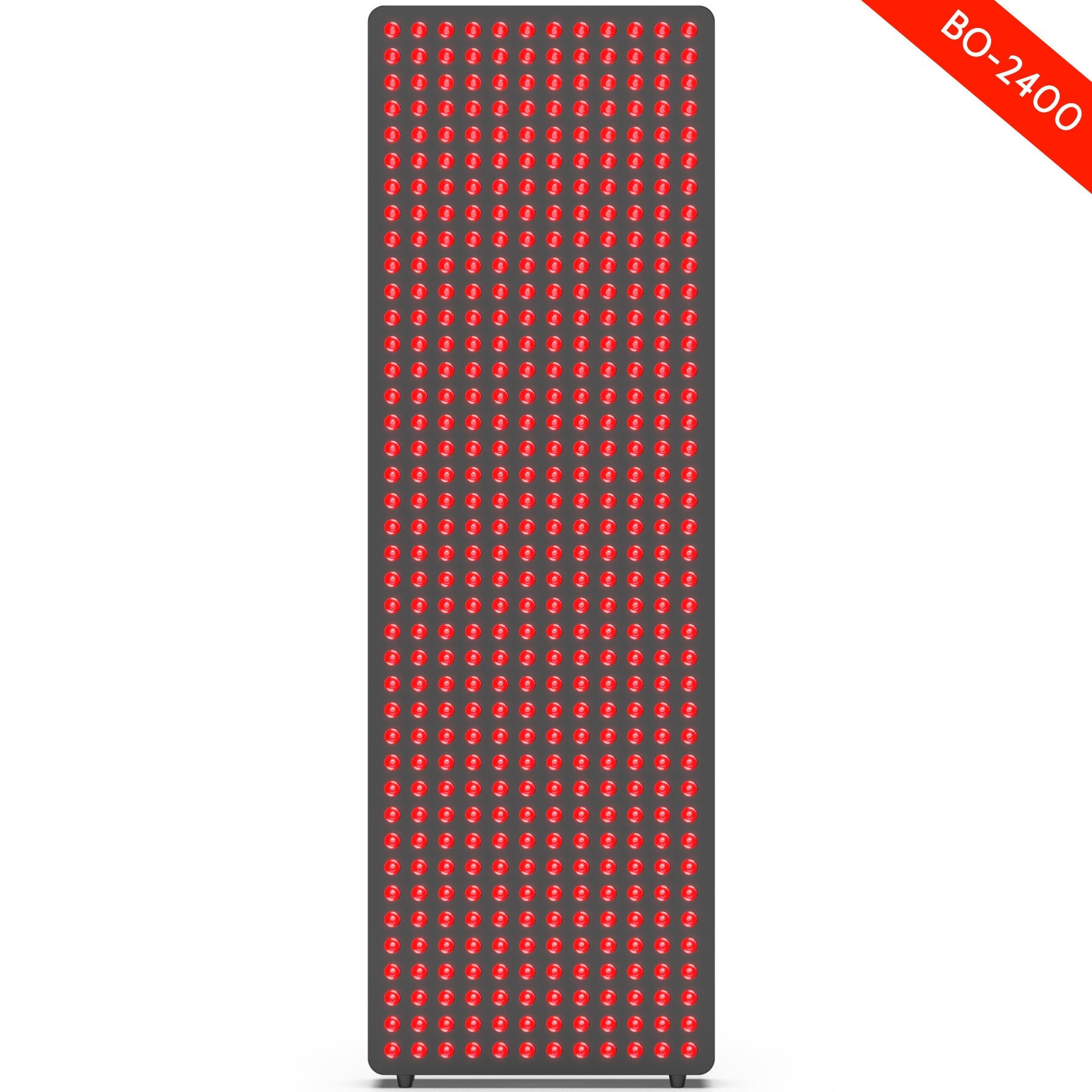

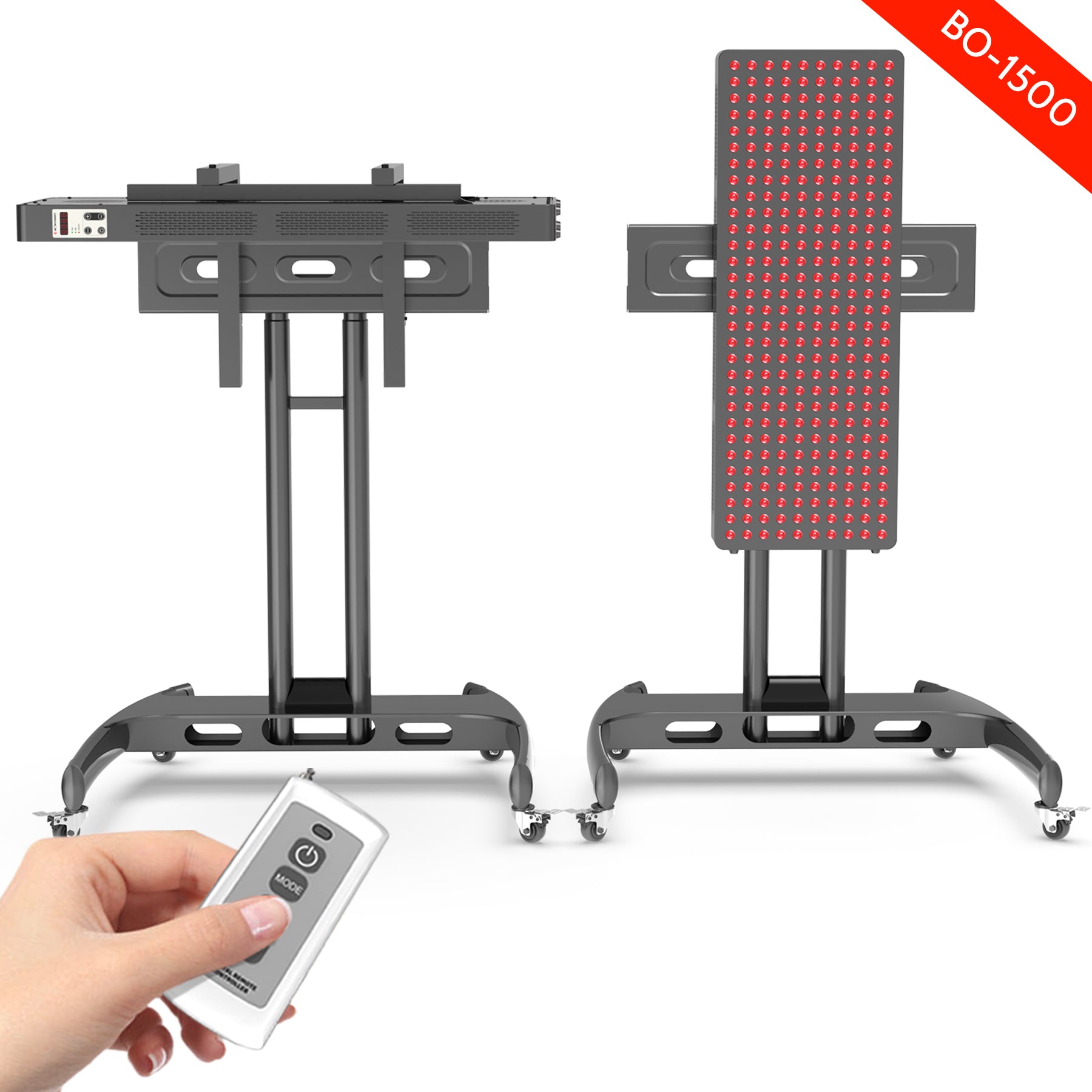
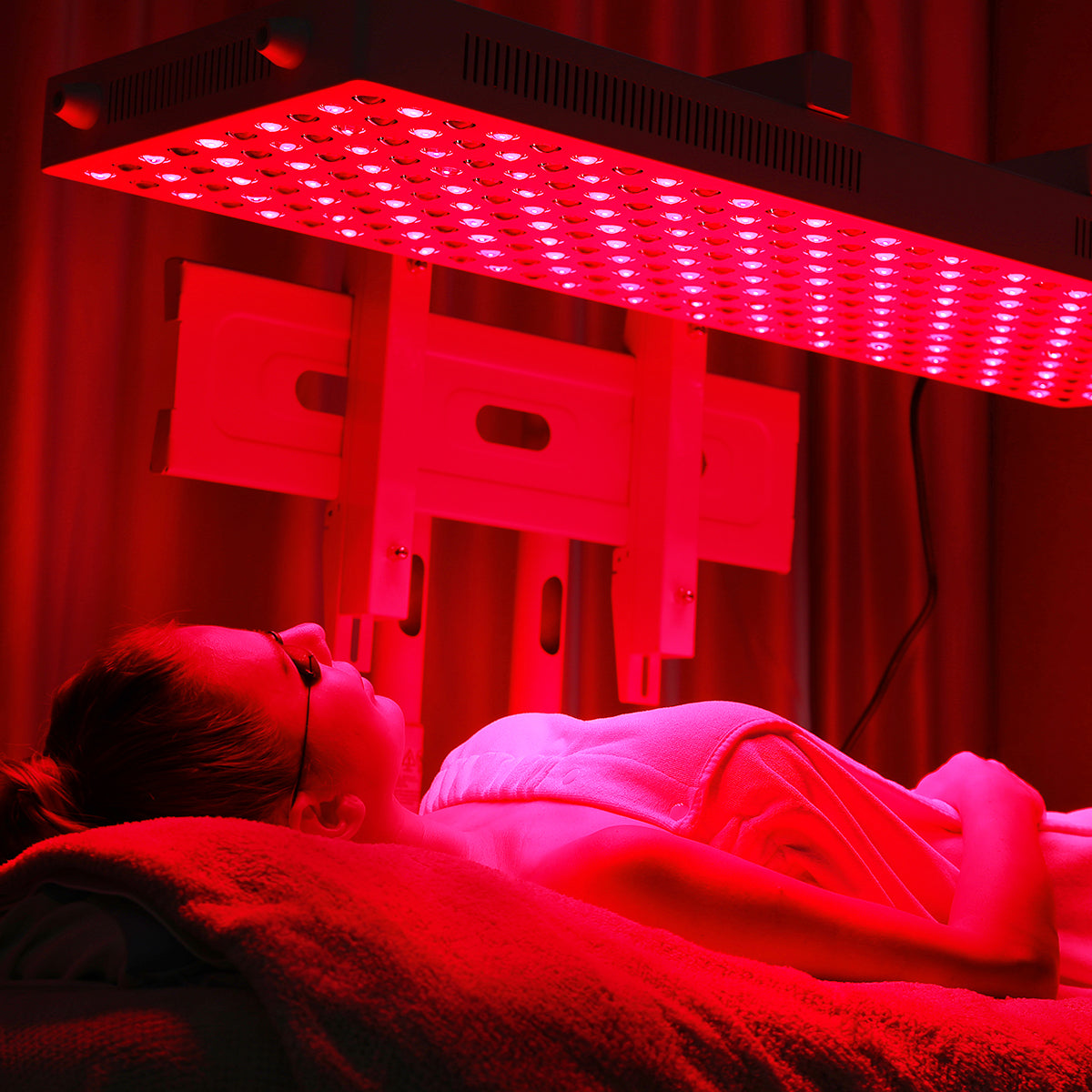
Leave a comment
This site is protected by hCaptcha and the hCaptcha Privacy Policy and Terms of Service apply.